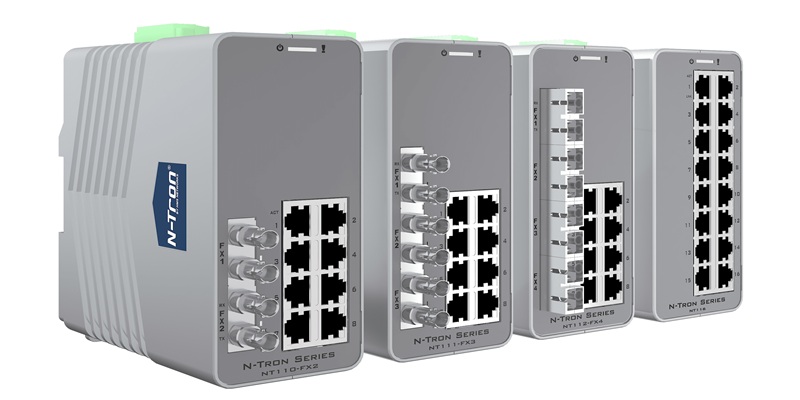Schedule a Call Back
What are the most popular siding materials for homes?
 Articles
Articles- May 30,22
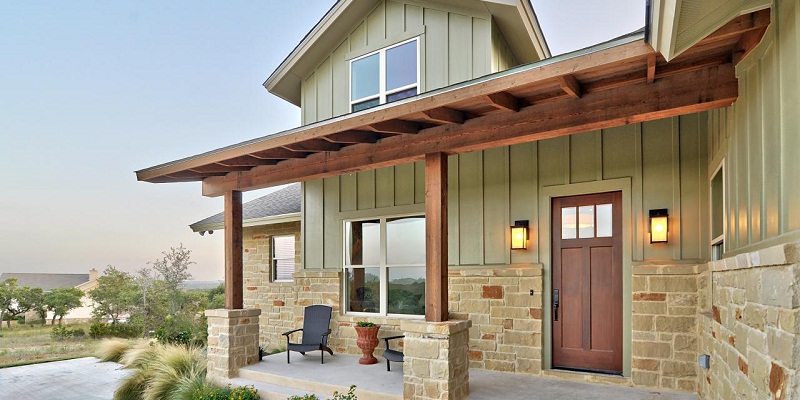
Related Stories

4 Low-VOC Industrial Paints That Deliver High Performance in Tough Environments
Volatile organic compounds (VOCs) - contaminating air and water - can affect health. In this article, Emily Newton explores four high-performance, low-VOC industrial paint options that reduce harmfu..
Read more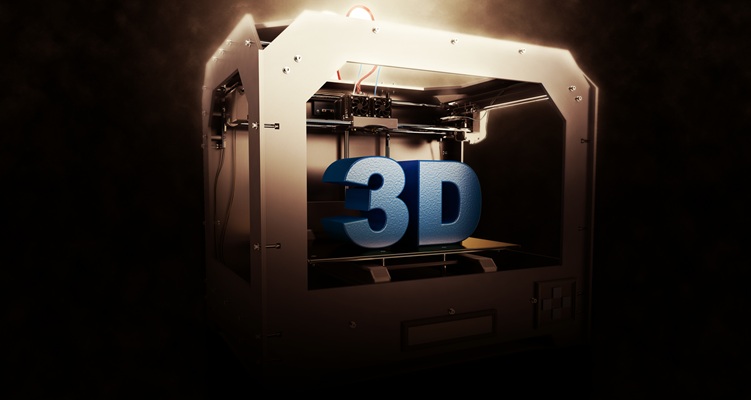
Rare crystal shapes yield stronger 3D-printed metal parts
Quasicrystals, which were previously considered a myth, are now replicable for large-scale industrial applications. Stakeholders must support investments in 3D printing technologies and continued re..
Read more
How can automation reduce waste in wood manufacturing?
Automation is enabling wood manufacturers to cut waste, improve consistency, and boost productivity by addressing material variability, enhancing finishing processes, and increasing precision in fab..
Read moreRelated Products
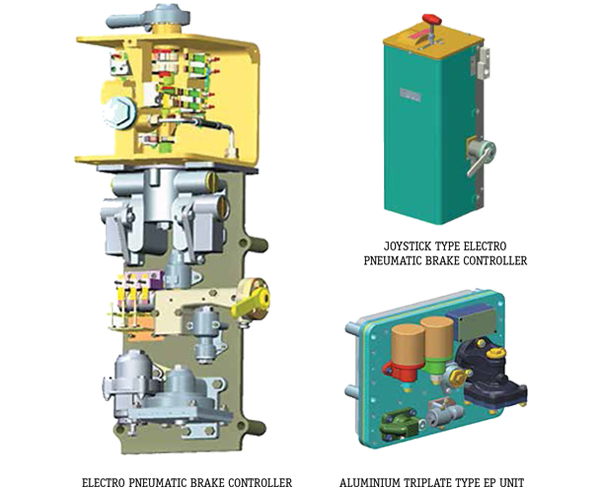
Electro - Pneumatic Brake System for Emu
Escorts Kubota Limited offers a wide range of electro - pneumatic brake system for EMU.
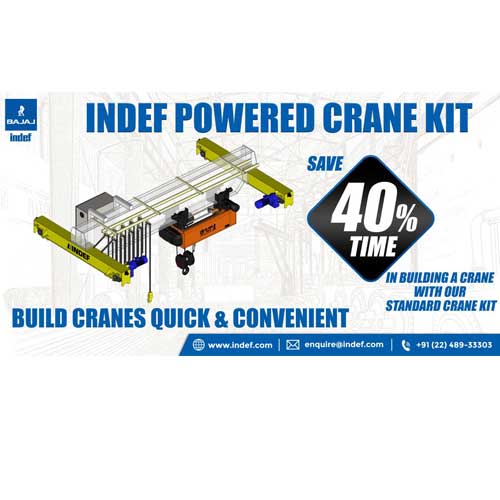
Indef Powered Crane Kit
Hercules Hoists Ltd offers a wide range of Indef powered crane kit.
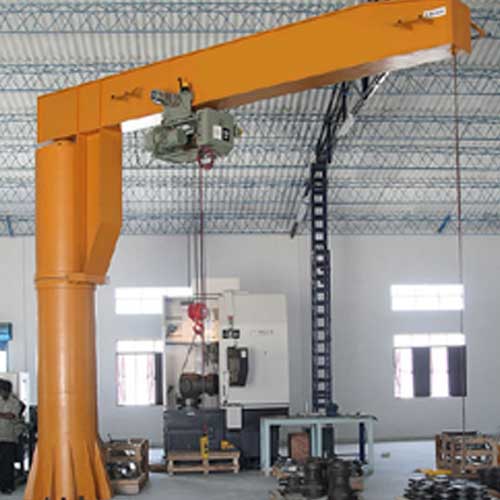
Jib Crane
DC Hoist & Instruments Pvt Ltd offers a wide range of Jib crane.







